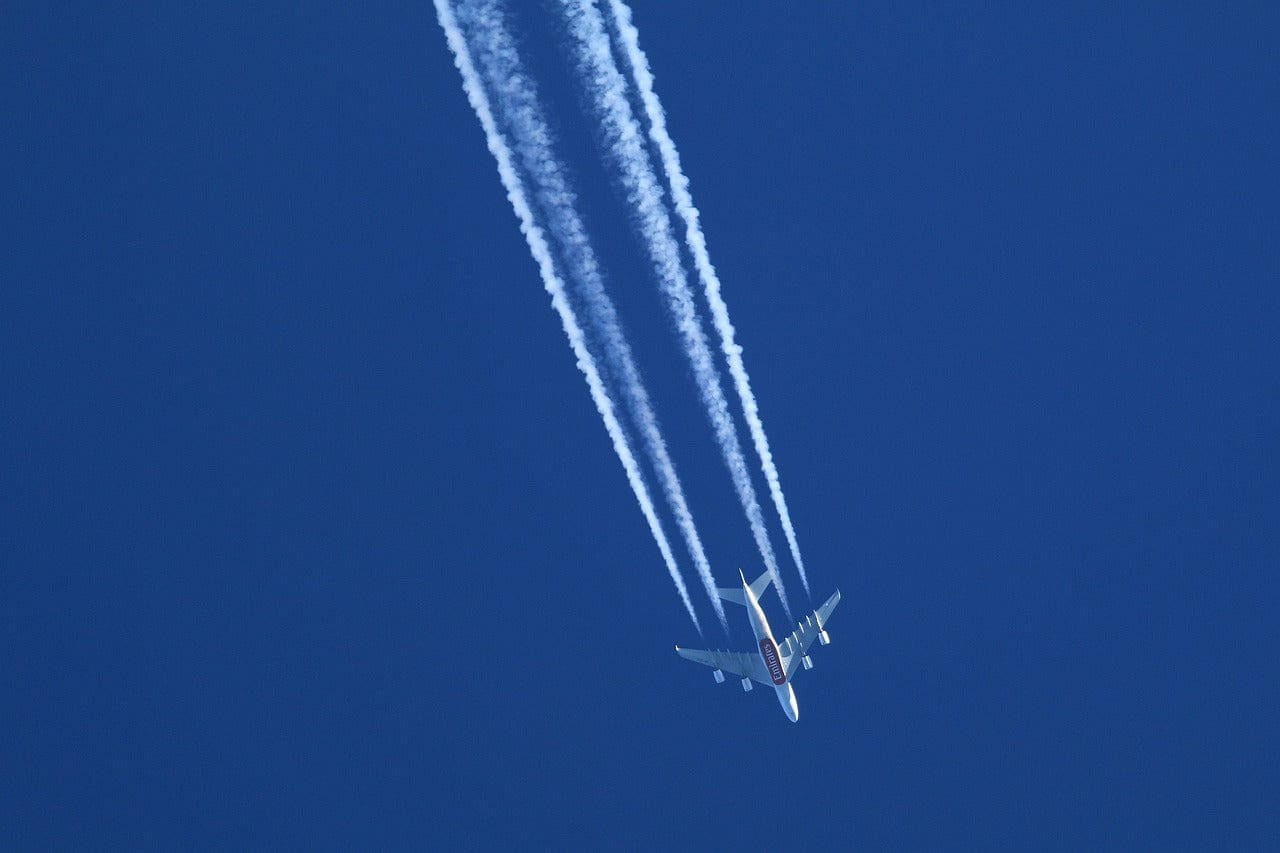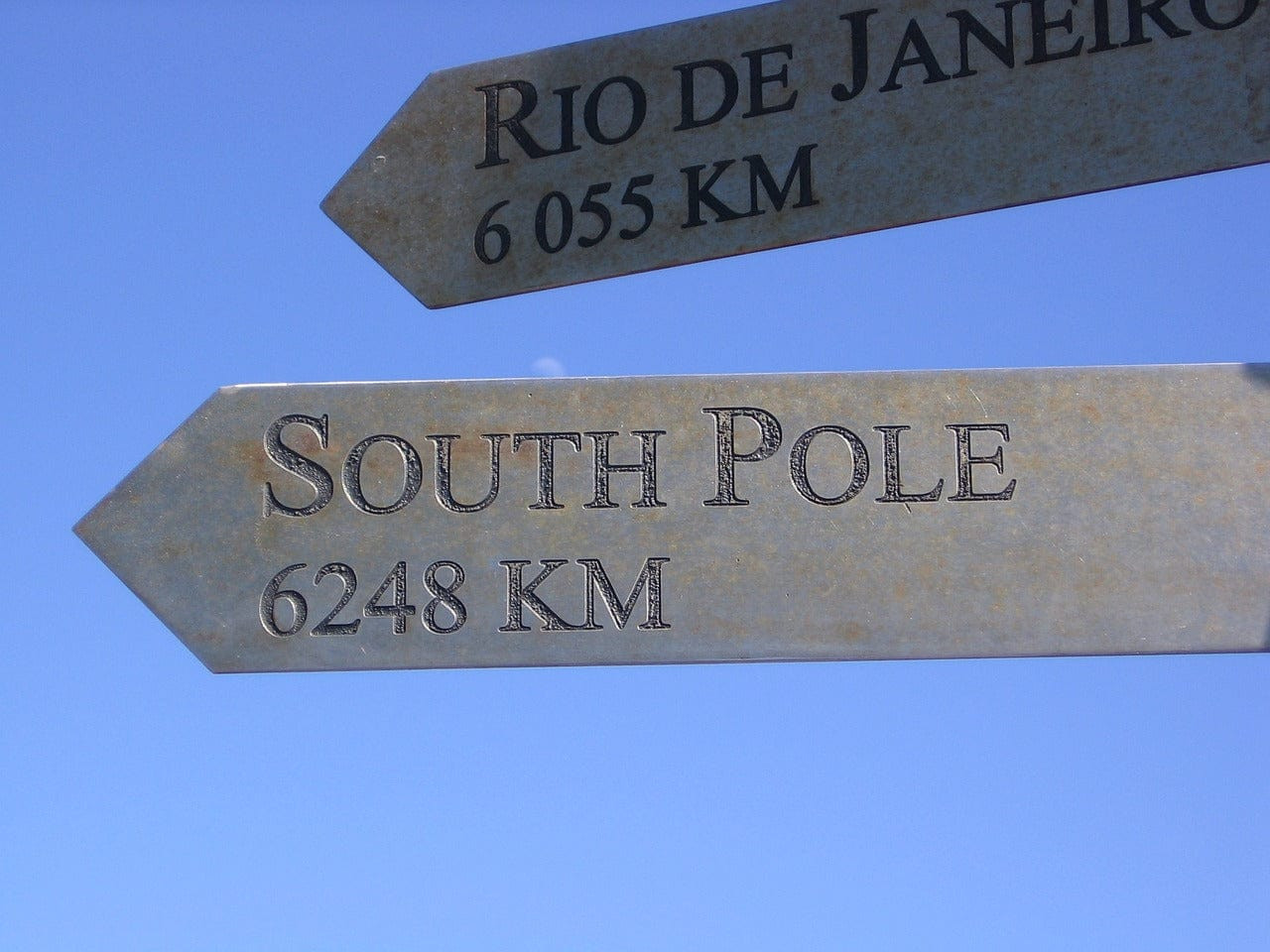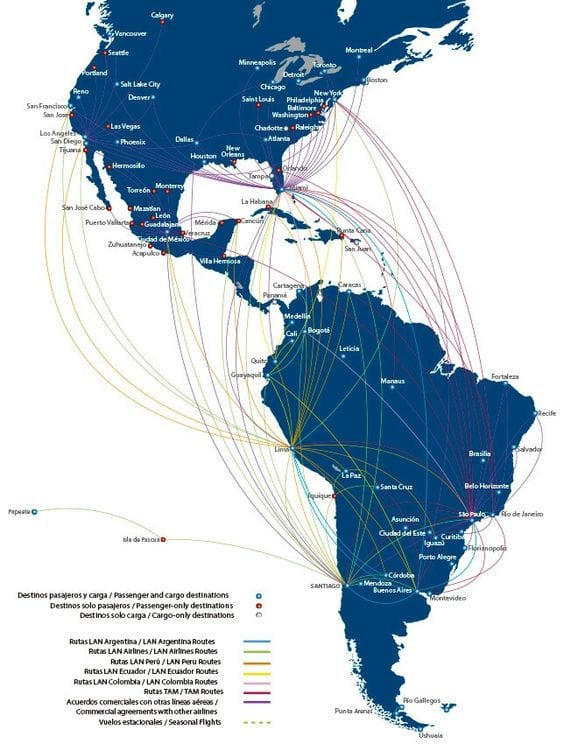We are accustomed to seeing world maps that often mislead us into perceiving global travel in a primarily east-west direction. For instance, when considering a journey from Los Angeles to Dubai, one might instinctively envision a route across the Pacific and Asia. However, the reality of modern air travel frequently involves taking advantage of shorter, more direct paths, even if they seem unconventional on a flat map. Flights over the North Pole have become increasingly common, but a question often arises: why don’t planes fly over Antarctica with the same regularity?
To understand this disparity, we need to delve into the unique characteristics of both polar regions, the history of polar aviation, and the practicalities of commercial flight operations. While the Arctic has become a familiar flyway, the Antarctic remains largely avoided by commercial airlines.
The Rise of Transpolar Flights Over the Arctic
The concept of flying over the North Pole, or transpolar flights, might sound adventurous, but it’s now a routine practice for many airlines. These routes, sometimes playfully dubbed “Santa’s Shortcut,” offer significant advantages in terms of flight duration and fuel efficiency, especially for routes between North America and Asia.
Pioneering the Arctic Skies
The allure of the North Pole has captivated explorers and aviators for centuries. Early attempts to conquer the Arctic skies were fraught with peril. Salomon Andree’s ambitious hot air balloon expedition in 1897 tragically ended with the loss of his entire crew in the Arctic wilderness. Several other attempts faced similar challenges until Lt. Commander Richard Byrd successfully flew over the North Pole in 1926, marking a pivotal moment in aviation history.
Early aviation pioneer Richard Byrd, who successfully flew over the North Pole, paving the way for future transpolar flights.
The Soviet Union also played a crucial role in advancing transpolar flight. In 1937, Valery Chalov and his crew achieved the first true transpolar flight, journeying from Moscow to Vancouver, Washington, demonstrating the feasibility of long-distance Arctic air travel.
Commercializing the Arctic Route
Navigating the Arctic was not without its complexities. Magnetic compasses behave erratically near the magnetic North Pole, and the vast, icy terrain offered few emergency landing options. However, by the 1950s, advancements in navigation technology and more reliable aircraft paved the way for commercial transpolar routes.
In 1952, Scandinavian Airlines (SAS) conducted an experimental flight from Los Angeles to Copenhagen over the North Pole. By 1954, SAS launched the first commercial transpolar route, regularly flying passengers between these two cities, proving the viability and appeal of Arctic air travel.
 SAS DC-6 Transpolar Flight Route
SAS DC-6 Transpolar Flight Route
Advantages of North Pole Flights Today
Today, flying over the North Pole is a well-established practice, offering significant time and fuel savings. For example, a flight between Hong Kong and New York can be shortened by approximately two hours by taking a transpolar route.
Beyond the practical benefits, some passengers find transpolar flights more scenic. Pilots often descend to lower altitudes over the Arctic, around 10,000 feet, to prevent fuel freezing, offering passengers unique views of the Arctic landscape that are rarely seen otherwise. Even routes that might not seem inherently polar, such as Emirates’ Los Angeles to Dubai route, sometimes utilize transpolar tracks.
The Invisible Risk: Solar Radiation
While transpolar flights offer numerous advantages, they also present a unique challenge: increased exposure to solar radiation. The Earth’s magnetic field deflects most solar radiation, but at the poles, the field lines converge, creating a funnel for radiation to enter the atmosphere.
Although a single transpolar flight does not pose a significant radiation risk to passengers, frequent flyers, especially flight crews, could face cumulative exposure levels comparable to or exceeding those of nuclear power plant workers. This is an ongoing area of research and monitoring in polar aviation.
 Solar Radiation at the Poles
Solar Radiation at the Poles
Why Antarctica Remains Uncharted Airspace for Most Commercial Planes
In contrast to the well-trodden routes over the Arctic, Antarctica remains largely devoid of commercial air traffic. While Richard Byrd also achieved the first flight over the South Pole in 1929, and a Boeing 707 circumnavigated both poles in 1966, regular commercial flights over Antarctica are still exceptionally rare.
 Richard Byrd's South Pole Flight
Richard Byrd's South Pole Flight
Limited Demand and Population in the Southern Hemisphere
One of the primary reasons for the lack of Antarctic flights is simple economics: demand. The Southern Hemisphere is significantly less populated than the Northern Hemisphere and has less landmass. Consequently, there are fewer long-haul flight routes that would benefit from traversing Antarctica. While some flights between Australia and South America or South Africa might pass near the Antarctic coastline, the potential time or fuel savings compared to more conventional routes are often not substantial enough to justify the added complexities and risks.
Safety Concerns and Harsh Conditions in Antarctica
Beyond demand, Antarctica presents significantly greater safety and operational challenges compared to the Arctic. The Antarctic region is characterized by extremely harsh weather conditions, including unpredictable storms, blizzards, and whiteouts. These conditions can make flying incredibly treacherous and significantly increase the risk of accidents.
Furthermore, Antarctica has a severe lack of diversion airports. In the event of an emergency, commercial aircraft require accessible airports within a reasonable flying distance for safe landing. Unlike the Arctic, which has more landmass and some infrastructure, Antarctica offers virtually no such options. The vast, icy continent provides very few, if any, suitable emergency landing sites for commercial airliners.
The tragic crash of Air New Zealand Flight 901 in 1979 into Mount Erebus, an active volcano in Antarctica, serves as a stark reminder of the dangers of Antarctic aviation. This disaster, which resulted in the loss of all 257 passengers and crew, highlighted the extreme risks associated with flying over this remote and unforgiving continent.
Sightseeing Flights: A Niche Exception
Despite the challenges, there is a niche market for sightseeing flights over Antarctica. Primarily departing from Australia, these flights are privately chartered and specifically designed to offer passengers a unique aerial view of the Antarctic landscape. However, these are specialized operations, not regular commercial routes, and they operate under stringent safety protocols.
Air Travel Over the Americas: A Different Set of Challenges
 Air Traffic Over the Americas
Air Traffic Over the Americas
While not polar routes, air travel over North and South America presents its own unique set of challenges, distinct from both Arctic and Antarctic aviation. The sheer volume of air traffic over the Americas, particularly North America, is immense. This density of flights requires complex air traffic control systems and stringent safety regulations to manage.
Additionally, aviation safety standards and infrastructure can vary across the Americas. Concerns about aviation safety in some parts of Latin America have led some airlines to opt for routes that, while potentially longer, are perceived as safer and more reliable. The availability and accessibility of diversion airports in certain regions of South America can also be a factor in route planning. As a result, many flights in the Americas choose routes that prioritize proximity to diversion airports and avoid areas with known safety or air traffic control concerns, even if it means flying over the ocean.
Polar Flight FAQs
-
Can planes fly over the North Pole?
Yes, planes routinely fly over the North Pole, especially for routes between North America and Asia, to reduce flight time and fuel consumption. -
Is flying over Antarctica illegal?
No, flying over Antarctica is not illegal. However, commercial airlines generally avoid it due to safety concerns and lack of demand. -
Why do planes not fly over the South Pole?
The primary reasons are the significantly harsher weather conditions in Antarctica, the lack of suitable diversion airports in case of emergencies, and the lower demand for routes that would traverse the South Pole due to the Southern Hemisphere’s lower population density.